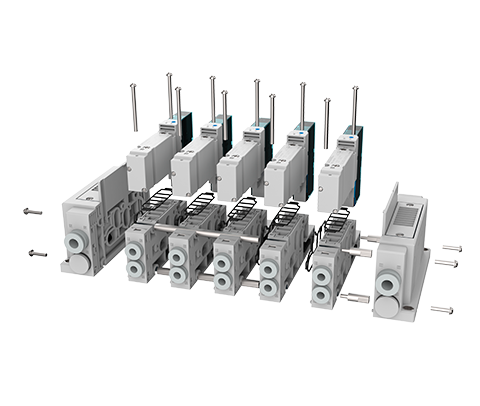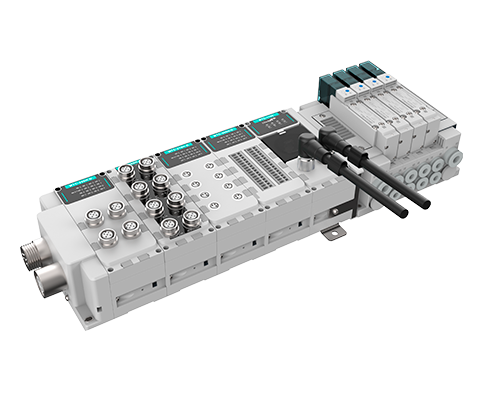Introduction: Facing Common Challenges
Have you ever wondered why so many automation projects fail due to ineffective components? Let’s face it—nobody wants to waste time and money on unreliable parts. The valve terminal is a critical component that can either make or break your project timeline. While many solutions exist, the traditional options often fall short when it comes to efficiency and ease of use.

Body: Navigating the Complexities of Valve Terminals
Flaws of Traditional Solutions
Most conventional valve terminals have restrictive functionalities and are challenging to integrate. Think about it—who wants to deal with frequent failures, complex wiring, and limited compatibility? Not to mention, these setups can be costly and time-consuming to maintain. It’s honestly a pain point for many engineers today.
Innovative Technology Principles
Enter the new technology principles behind modern valve terminals. These advanced systems offer modular designs and enhanced communication protocols, allowing for smoother integration into various automation frameworks. The emphasis on plug-and-play features makes it easier than ever to set up and maintain. Issues like downtime and compatibility are becoming a thing of the past.
User Benefits You Can Count On
When users transition to these sophisticated valve terminals, they often report increased productivity and reduced maintenance costs. Wouldn’t you love to see a 30% drop in your downtime? That’s the kind of benefit automation professionals are talking about, thanks to the adoption of new technology principles that optimize operation and efficiency.
Conclusion: Choosing the Right Solution
So, how do you evaluate the best valve terminal solutions out there? Always verify these 3 metrics when choosing solutions: ① Reliability ② Compatibility with existing systems ③ Ease of installation. By focusing on these criteria, you’ll ensure that your automation setup is not just effective but also future-proof.
Understanding Solenoid Valve Terminals
In the realm of automation, the solenoid valve terminal stands out for its reliable operation and compact design. These terminals serve as the brain of your automation system, controlling the flow of liquids and gases with precision. But let’s be real; with so many options available, it’s critical to choose the right one for your specific needs. Modern solenoid valve terminals boast features like energy-saving capabilities and integrated diagnostics, ensuring that your system runs smoothly while optimizing operational costs.
Exploring Industrial Valve Islands
The industrial valve island is another innovative solution redefining automation efficiency. Imagine reducing your wiring needs while still enhancing the functionality of your entire system. These valve islands integrate multiple valves within a single unit, simplifying your overall design and installation process. They are engineered for reliability and flexibility, making them an ideal choice for demanding industrial environments, whether you’re dealing with pneumatic or hydraulic control systems.

Bringing It All Together
As we’ve explored, understanding the role of components like solenoid valve terminals and industrial valve islands is crucial for modern automation success. They not only enhance operational efficiency but also pave the way for smarter systems overall. To make these advancements a reality, consider partnering with a reputable manufacturer like DECOWELL. Their robust supply chain and commitment to quality ensure you’ll have the support you need for your automation projects.
